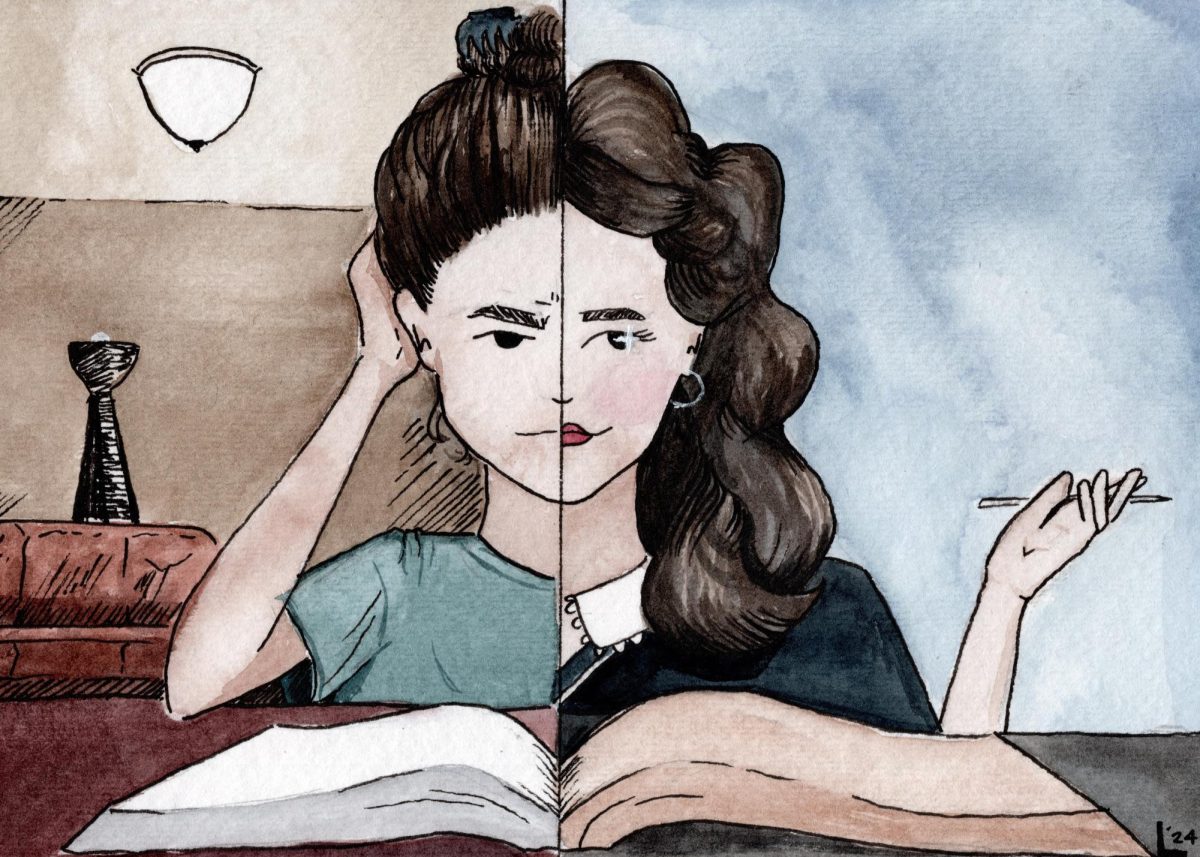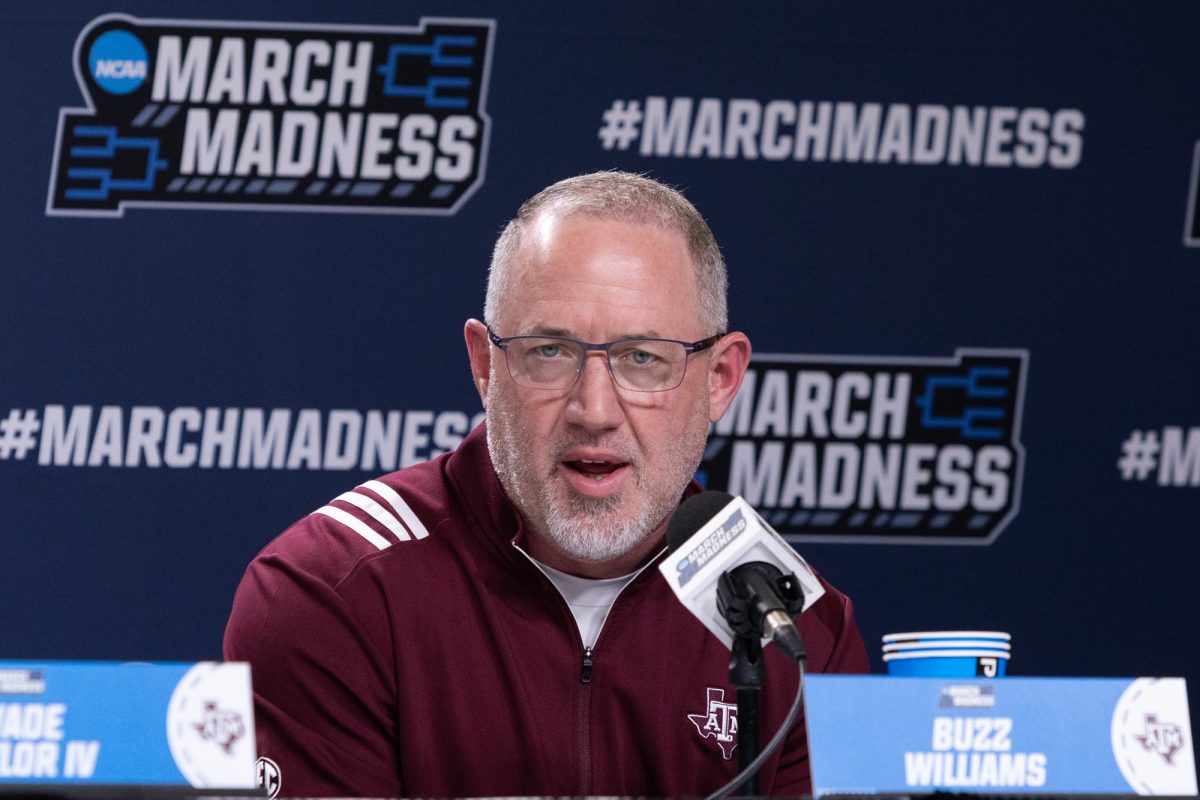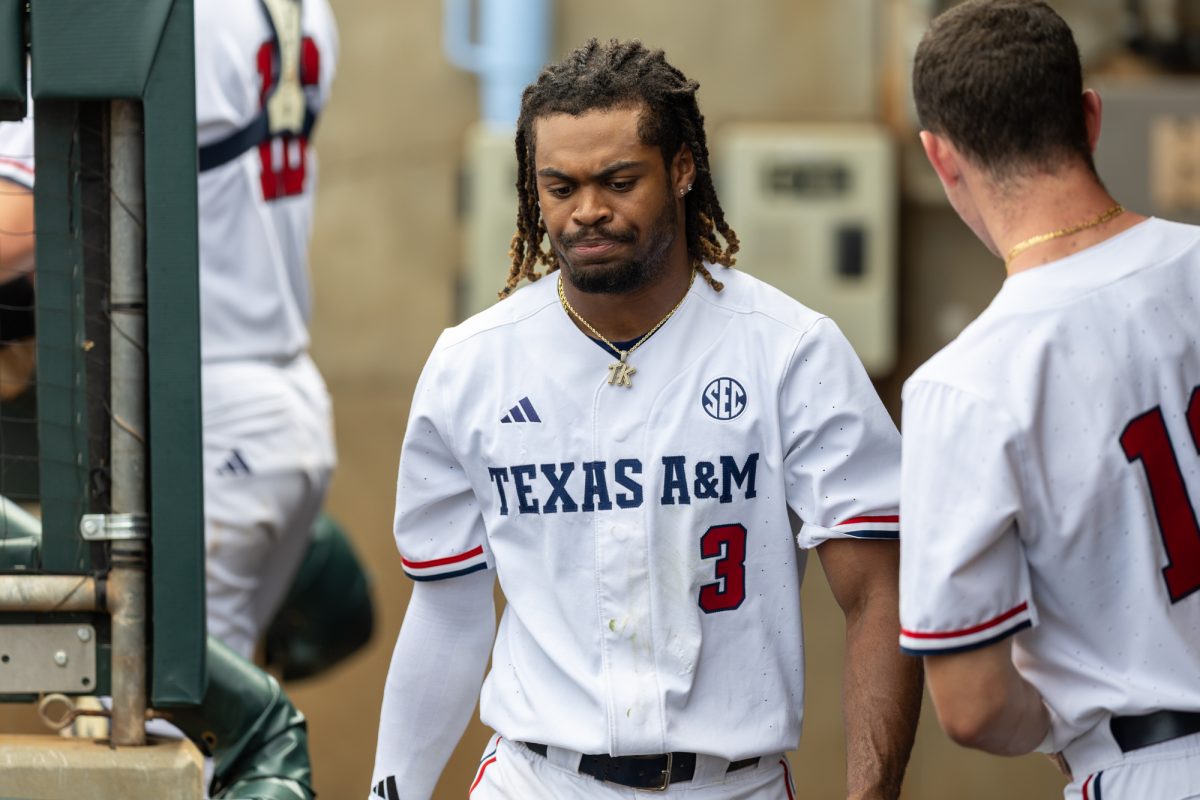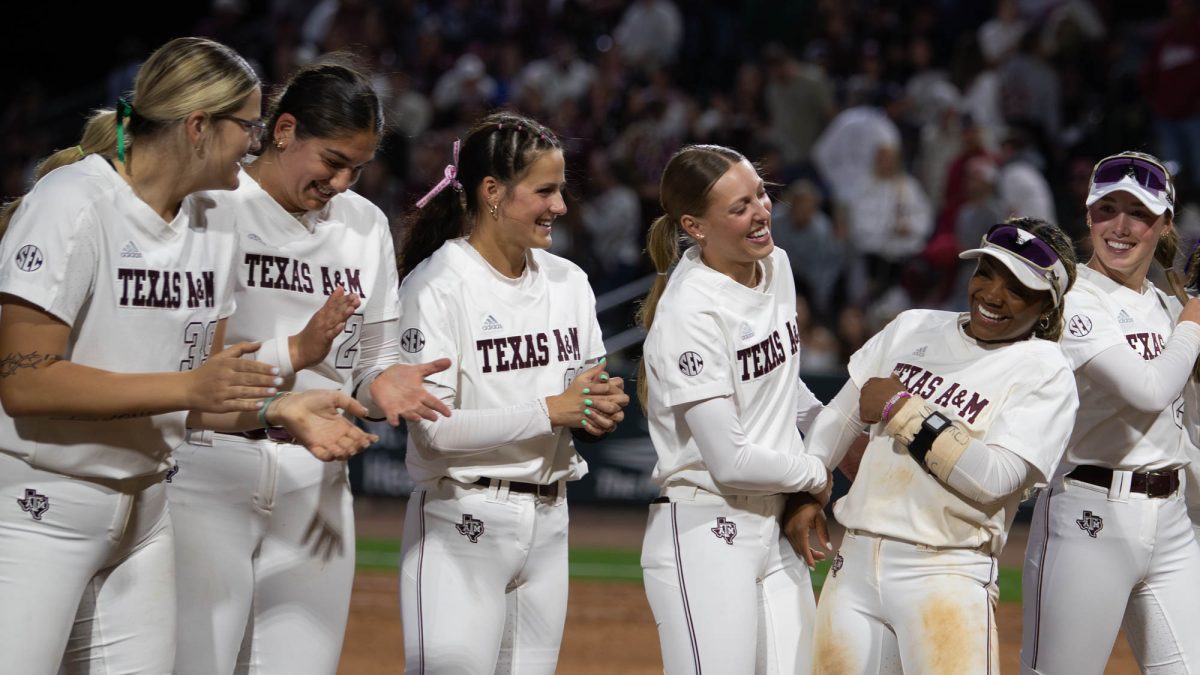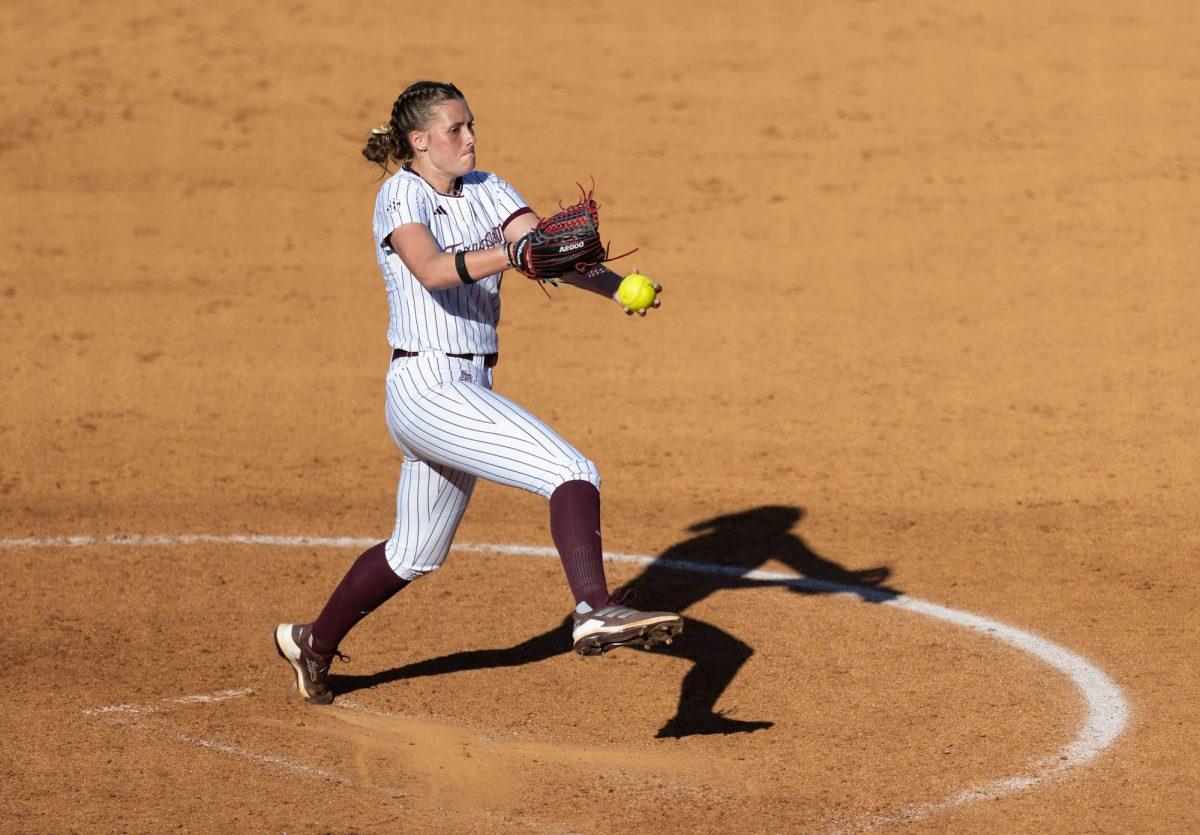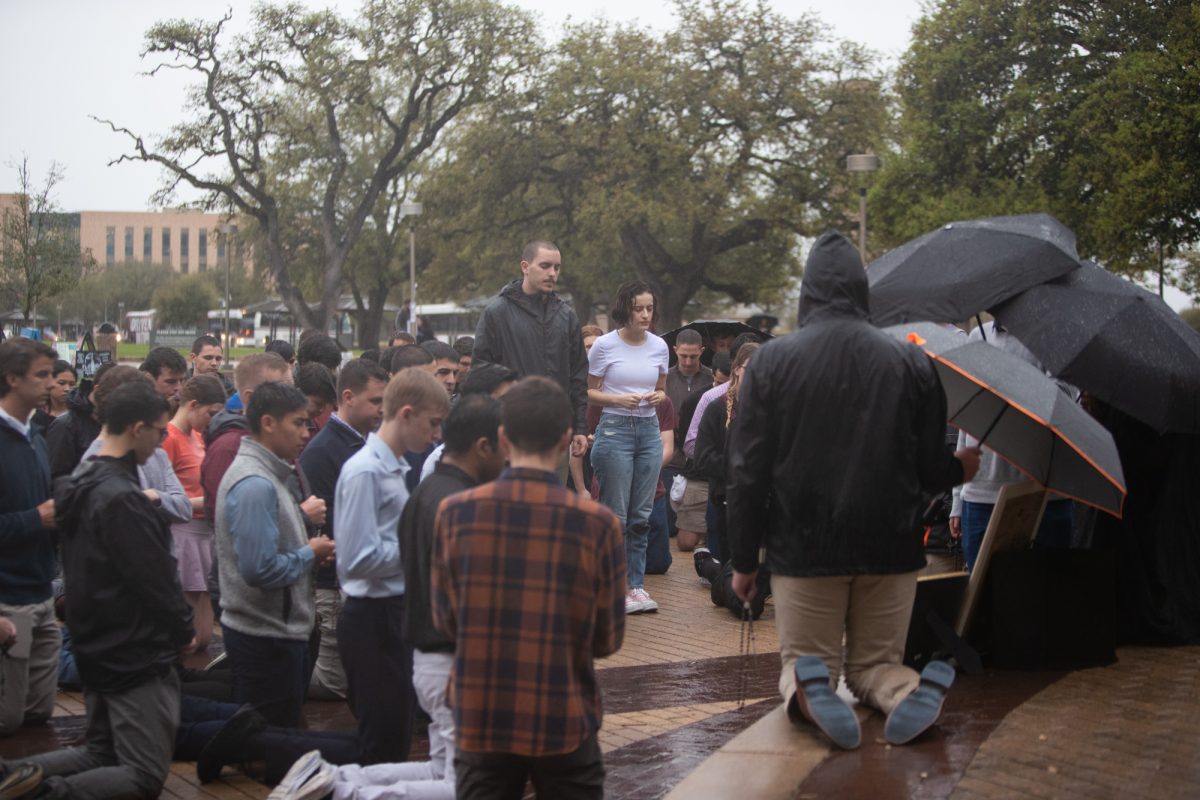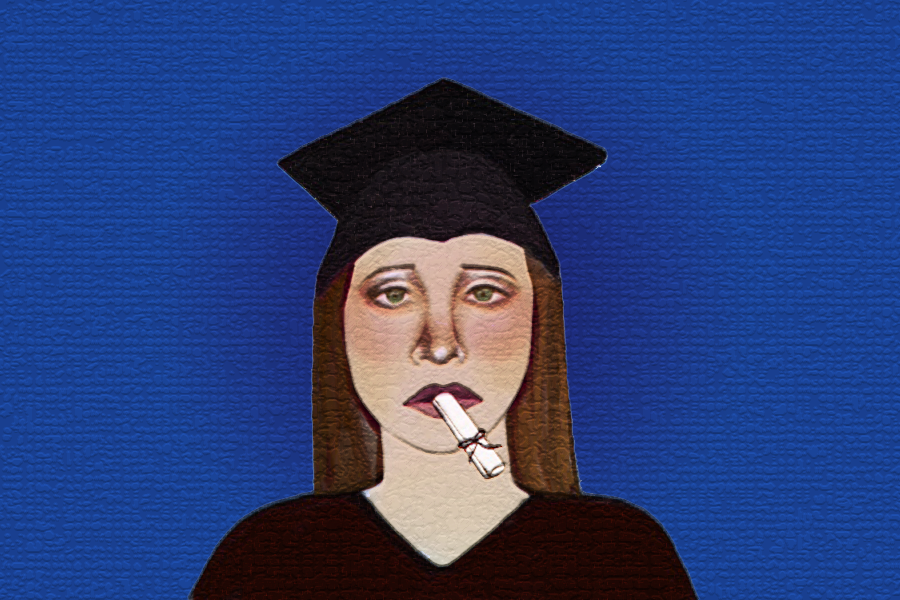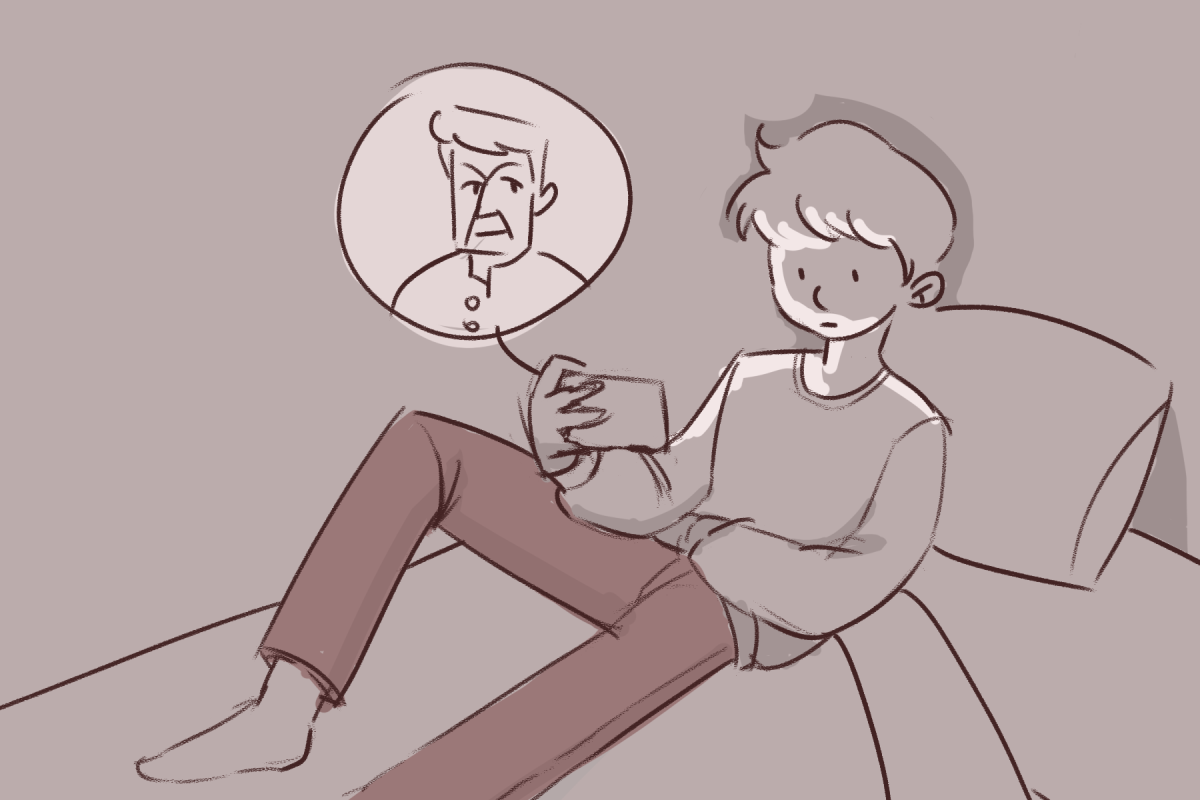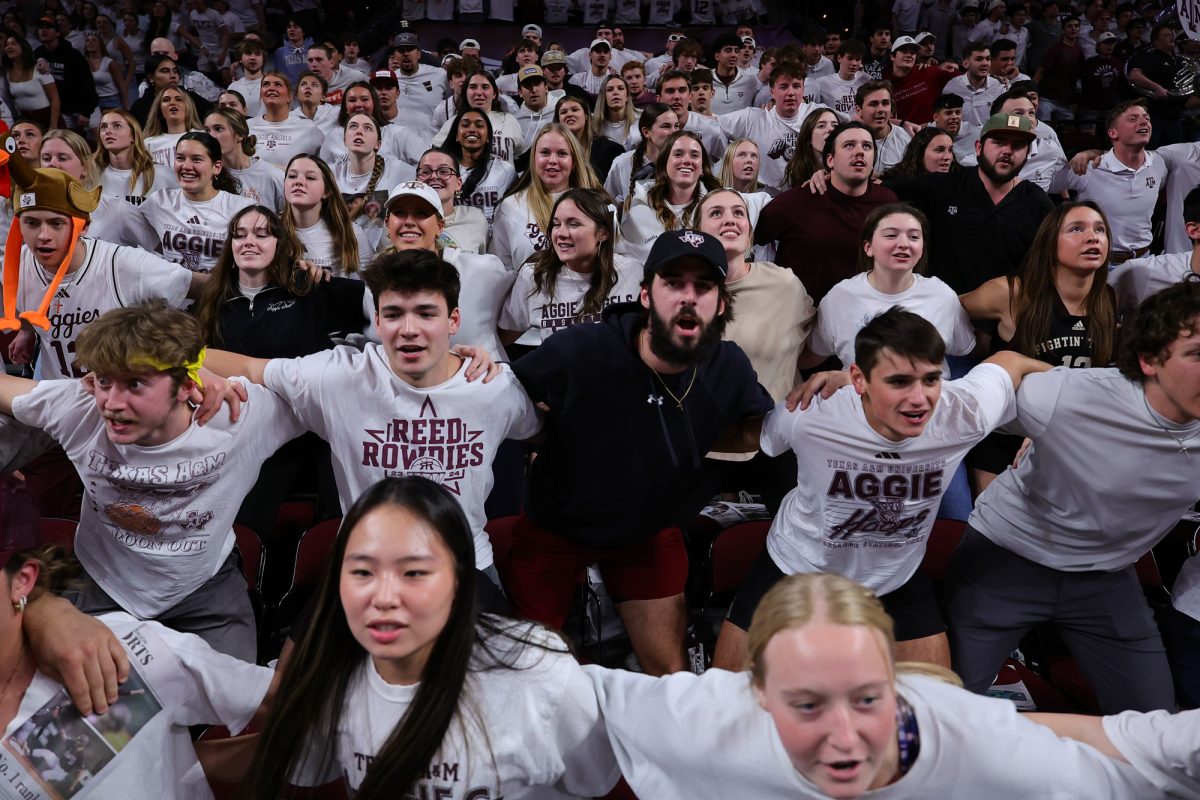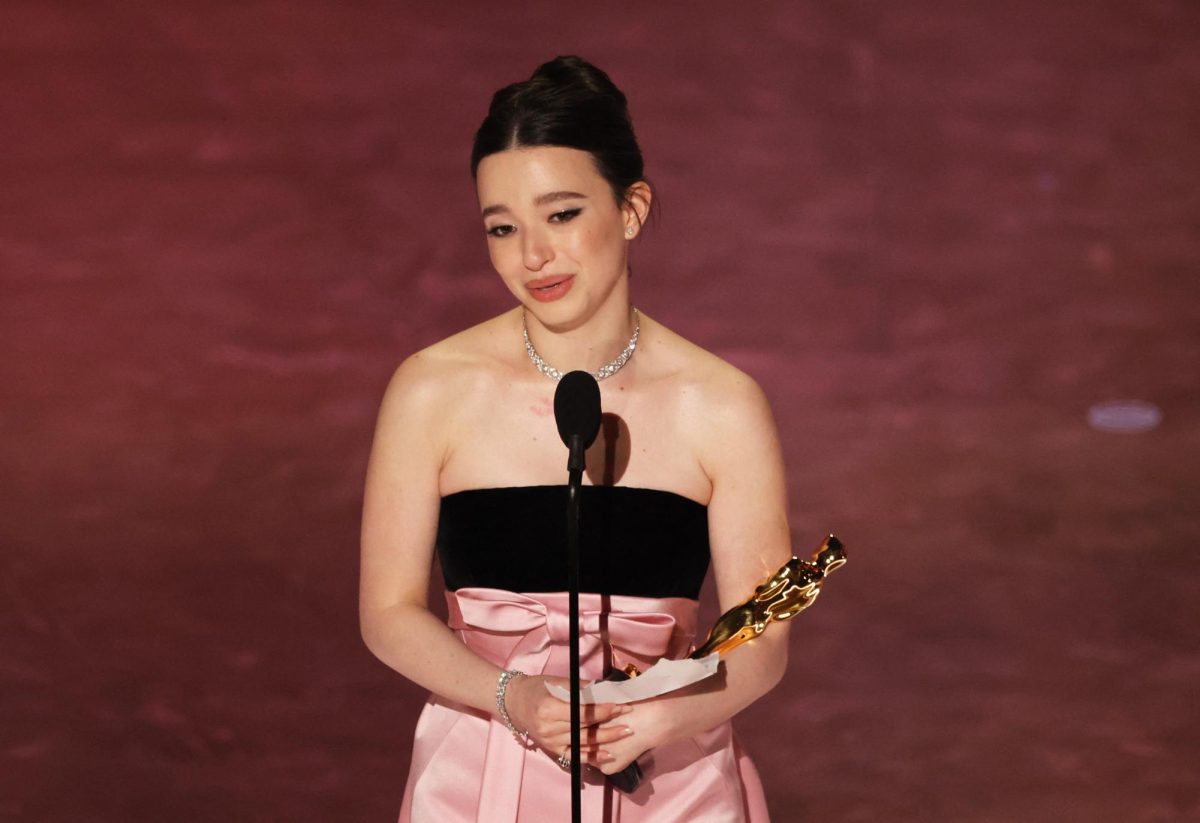When you see posts of dark literature sprawled prettily across the floor, what comes to mind? Or of mysteriously obscured girls with perfectly disheveled hair standing in front of a case of books, chic tote bag conveniently in sight? Outfit-of-the-day crewneck sweaters and Mary Janes with Wuthering Heights strategically in the camera shot?
Ooooh, she must read.
Reading — specifically, owning books — has always been associated with class. From the first century, old white dudes were already criticizing the fetish for grandiose displays of books, with philosopher Seneca outright denouncing the wealthy for using them as no more than “decorations for the dining room.”
Seeing as books have always been a status symbol regardless of whether they’re being read, it’s no wonder why celebrities — the ultimate arbiters of status — love to post pictures of themselves reading. Designer Marc Jacobs frequently posts selfies of his latest novel, supermodel Gigi Hadid was photographed carrying Albert Camus’ “The Stranger” during Milan Fashion Week, and Kendall Jenner was seen reading Chelsea Hodson’s “Tonight I’m Someone Else” — in a tiny, bright orange bikini while effortlessly laying atop a yacht, of course.
I don’t necessarily mean to imply celebrities aren’t actually reading the novels in these elegant, completely natural photo-ops, but isn’t it a coincidence they never seem to be shown with culturally “unglamorous” books? In our media, TV series like HBO’s White Lotus show idolized star Sydney Sweeny reading “The Portable Nietzsche.” Even goofballs like Ryan Reynolds are shown reading the classic, “Jane Eyre.”
Celebrities are going so far as to set up photo-ops intentionally showing off the latest “it” book, handpicked by a celebrity book stylist.
Besides the obvious image of cultivated knowledge, this is undoubtedly a consequence of books integrating themselves into the fashion space. Vivienne Westwood, a notorious and undeniably influential fashion designer, maintained walking around with a book in your hand is status. As a consequence, you’ve got to commit to the books and the looks. As British Vogue put it, “A well-dressed nerd is not the same as a poorly-dressed one.”
So, not only have books become a medium to showcase style, but their portability has given way to broadcasting your reading environment as well.
When you post a picture of your weathered Jane Austen novel beside a Starbucks latte and subtly include a gothic backdrop, you’re telling the world this is how you read. This romanticized environment — your “reading scene” — touches the realm of ideas exhibited in what you’re shown reading. Since a book is a natural bridge between our material world and abstract ideas, as one writer puts it, you’re therefore saying “This is who I am”.
It’s easy to see how these cultural phenomena can elicit a desire to showcase this sort of social capital; after all, who wouldn’t want to be able to present themselves to the world as their most beloved book character? Even interior designer Nina Freudenberger professes books as the most important accessory in the house. They can reveal someone’s values and answer, “Who do they want other people to think they are?”
The presentation of reading insofar as its effect when coupled with celebrities, social media posts and general mass media has led books to become integrated into people’s identities. When you attach books to specific people, brands or products you create an identity for your reader base that now manifests itself in “hot-girl” aesthetics; being seen reading is more important than the act of reading itself.
With books now being tied so heavily to our aesthetic brand identities, we have to be careful not to let ourselves get carried away and place our personalities in these heart-shaped boxes. If you read Lolita just because it was marketed as coquette and, shockingly, did not find your affinity for bows and innocence represented in this tale of abuse, don’t feel like you have to pretend to have liked it. Neither should you automatically assume the literary merit was lost on you.
By the same coin, don’t delude yourself into thinking reading Dostoyevsky’s “Crime and Punishment” while fashioning Doc Martins under a wool coat in a dark academia-esque library means you understand Raskolnikov’s total alienation and empathize with his struggles.
Speaking from experience, I don’t mean to deter anyone from picking up whatever book they please. Rather, I say this to encourage deeper exploration of the impactful nuances literature can offer, lost in our haste to seem erudite. I will never forget bringing “Atlas Shrugged,” a whopping 1,200 pages, into my ninth-grade government class. It took me five years to realize it’s not about trains.
However, given that women have historically been criticized for reading or partaking in intellectual activities at all, this “hotgirl-ification” — albeit, biased towards “high-brow” literature — is a much-needed reprieve. Even if the popular girls in high school are just using books as accessories, it makes it much easier for those of us who were bullied for reading at the lunch table.
These trends die out as quickly as they spark to life, but hopefully we’ll be able to continue a permanent encouragement of the hot case for reading — regardless of how you look doing it.
Isabella Garcia is an economics sophomore and opinion writer for The Battalion.




